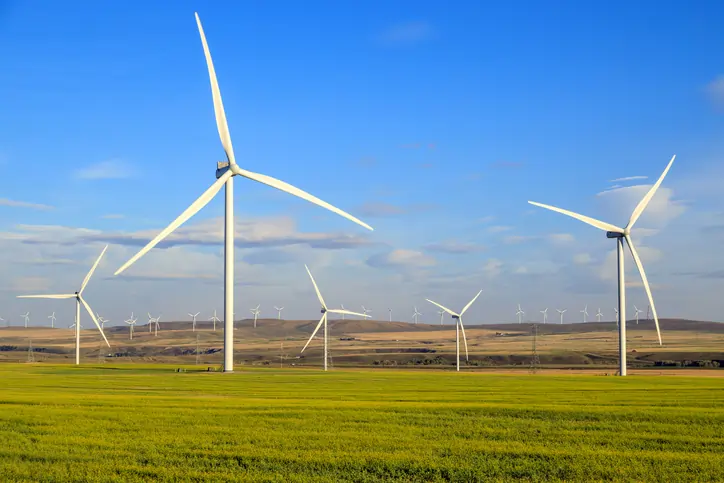
As President and CEO of the Saskatchewan Research Council (SRC), Mike Crabtree brings his decades of experience managing teams and directing corporate operations to meet organizational strategies in several sectors important to Saskatchewan’s economy. These include mining, clean energy initiatives, agriculture, and biotechnology sectors, where SRC has helped governments, communities and industry apply innovative science and technology solutions to complex operational and environmental challenges.
Crabtree believes that the reshaping of energy infrastructure could advance with critical collaboration forged between governments and industry. The energy trilemma (or triple dilemma) is a term used to define the challenges presented for a clean energy transition: equity, security, and sustainability.
These same three terms can be used as a starting point between collaborators looking to advance clean tech innovation.
EQUITABLE
Low-carbon and clean energy innovations must deliver actionable results that also keep energy reliable and affordable for consumers. Many early-stage technologies require deployment solutions or more R&D, both of which create challenges for commercialization and adoption. However, collaboration to discover shared goals can create energy transition projects that benefit all stakeholders, including the end user.
A collaborative approach ensures that projects stay on track and focused on meaningful deliverables, which goes a long way toward energy equity.
According to a recent International Renewable Energy Agency report, “Renewables are the cheapest form of power today…Amid climbing fossil fuel prices, investments in renewables in 2021 save US$55 billion in global energy generation costs in 2022.”
SECURE
The collaboration between clean tech innovators will also be critical for ensuring a reliable supply of raw materials and a reliable clean energy infrastructure. Mitigating the risks associated with the energy transition may require joint ventures between nations, industry competitors, and the public. The potential benefit of entities joining together is that the financial risk is shared, the market volatility is reduced, and new ideas are fostered, which is critical to building a resilient clean energy sector.
One of the main risks to a secure transition to clean tech is geopolitical instability, especially in areas where essential minerals and metals are mined.
According to the International Renewable Energy Agency (IRENA), the clean energy transition will be mineral- and metal-intensive and that “already, a mismatch between supply and demand for several minerals is evident, with exceptionally high levels observed for lithium.”
SUSTAINABLE
Mike Crabtree believes reducing the environmental impact of energy production is a critical goal in meeting net-zero initiatives, including sustainable manufacturing processes. This may include optimizing the usage of natural resources, integrating sustainable materials, using a closed-loop recycling system, and suppliers who are responsible for their own raw material supply chains.
There are new materials that have a lower environmental impact when compared to plastics, and an emphasis could be placed on designing products that are truly recyclable or have a longer lifespan and are easier to repair.
According to The National Association of Manufacturers (NAM), “58% of companies surveyed in 2022 believe sustainability is essential to future competitiveness, and 68% of executives say they are implementing extensive, corporate-wide sustainability strategies. That’s up from just 39% in 2019.”
The clean tech industry will continue to have opportunities that demand collaboration and the willingness to mitigate the risks in order to advance clean tech innovations.


